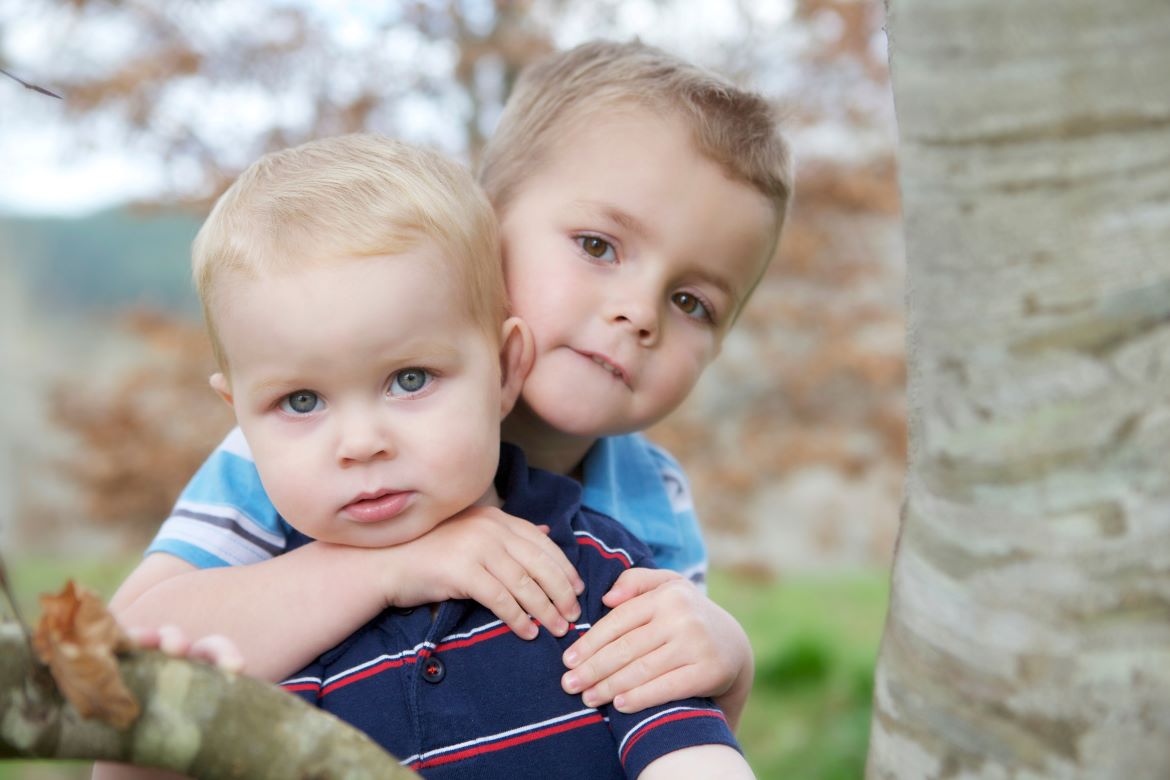By Larissa Dann
At the end of my son’s pre-school year, his teacher came up to have a chat.
“Normally, my assistant and I spend a lot of time in the cubby house sorting out squabbles between children. This year, we spent much less time dealing with fighting children. We discovered that your son was mediating the arguments. We watched him say things like “Do you have any ideas about how you both can be happy?” and then the children would get on and play”.
You could have knocked me down with a feather! At that time, my son was the only child of a single mother. I was a fan of Parent Effectiveness Training (P.E.T.), and was attempting to use these gentle parenting skills with him, as often as possible – including no-lose conflict resolution, rather than punishment or reward.
Resolving conflict – A guide
When our children fight, we need to recognise that the disagreement is between them. They ‘own’ their relationship, and they need to make the relationship work. We can help by teaching them to respectfully resolve the conflict themselves.
Our role will be to mediate, model and mentor – not to step in and judge (which inevitably involves ‘taking sides’).
Of course, it is also to keep people physically and psychologically safe!
This step-by-step guide to developing children’s innate peace-making capacities is flexible – you’ll find you won’t put every step into practice every time there is an issue. And sometimes it just won’t seem to work – your children may be overwhelmed, tired, or have needs that can’t be met at this point in time. Persevere, and try again next time.
The model is helpful across age groups – from young children to adults. Siblings, young friends who visit your house, children in childcare and school can all benefit from this approach. With pre or newly verbal children, you may need to speak on the younger child’s behalf, as part of the resolution.
1. Explain to your children that you will be doing things differently when they fight.
Let children know in advance that when they fight, you will be guiding them on how to sort things out between them.
Explain that you won’t be deciding who’s right or wrong, but you will be helping them to hear each other, and that they will be responsible for solving their own dispute fairly.
2. Set the physical stage.
Tip 1: Separate the warring parties.
Tip 2: Get down to their level.
Place yourself between the young people who are arguing. Sit down with them. If we stand, then our towering physical height will suggest ‘power over’. Children may continue to see us as the judge, rather than the facilitator.
3. Try a ‘solution book’.
A physical object such as a simple exercise book, renamed the ‘solution book‘ (or even a smart phone or tablet) to write down or draw ideas, can take the focus away from the fight.











